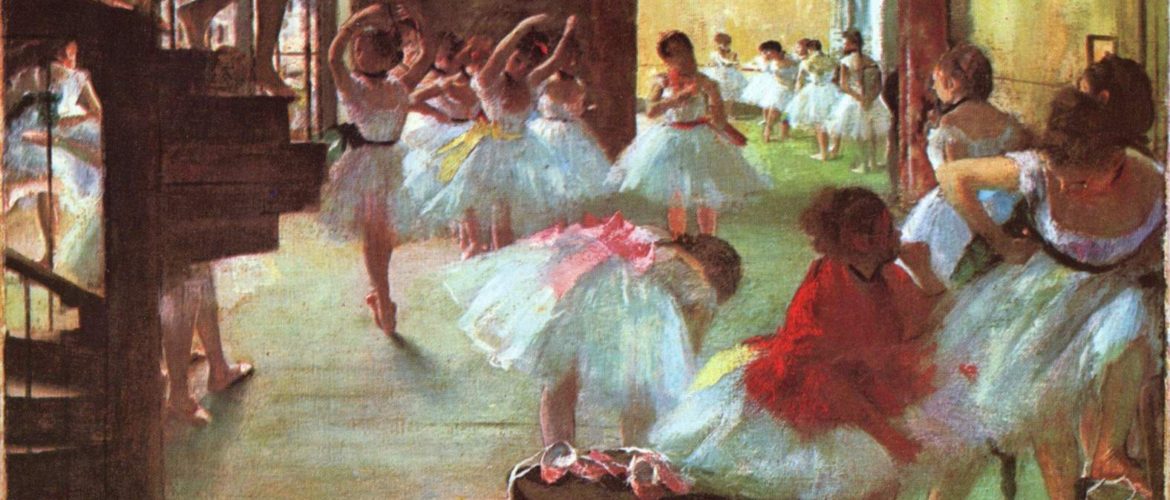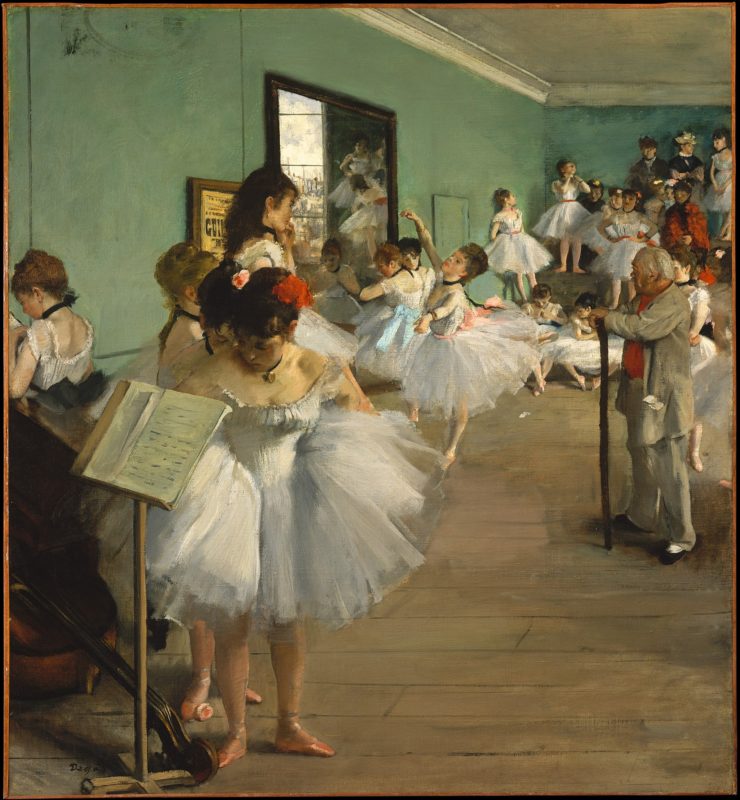The Dark Truth about the Dancers in the Work of Edgar Degas

Visual artists have always gained inspiration from performance arts. After all, what better way to understand the movement and dynamics than studying the delicate shapes and lines of dancers? But there is one artist who managed to capture the inner life of the dance scene like no other. Famous for his pieces depicting dancers, Edgar Degas was not the only one drawn toward performers as subjects, but he was the only one who focused on the social issues and controversies that, unfortunately, were an inseparable part of the dance world.
The Dark Truth about the Dancers in the Work of Edgar Degas
Even though many of his artworks bear impressionist influences, Degas always referred to himself as a realist artist. Unlike impressionists, he preferred to picture the mundane lives of working-class people from urban areas. All works by Edgar Degas are undeniably aesthetically pleasing: the way he used shapes and colors to create dynamic and emotional pieces has always captivated the audience. But is that all there is to it?
Degas chose a very controversial subject for his works. When ballet lost its status as a ‘high art form’ in the early 19th century, ballerinas were reduced to mere eye candy that was supposed to entertain the viewers during interludes in operas. Ballet dancers, many of whom were young women of lower-class backgrounds, were also sex workers who were often encouraged to pursue relationships with opera patrons by their employers and parents.
Edgar Degas thought it important to highlight the unjust treatment of young ballerinas in his art. He was not that interested in the artistic side of ballet. Instead, he painted dancers practicing, talking with each other behind the scenes, and tying their point shoes. Knowing the dark history of the ballet industry at the time, one might feel uncomfortable looking at these women in a casual environment. Some believe that is the exact purpose of Degas’ paintings — to make us feel like we are observing something not meant for our eyes. This way, we become unwilling accomplices of men who went to ballerina warm-up rooms to proposition them.
One of the most strikingly unsettling pieces ever created by Edgard Degas, especially if you know the context, is his sculpture titled Little Dancer, Age Fourteen. A hyper-realistic bronze sculpture of a ballerina, this piece shines light on the ugly underbelly of the world of French 19th-century ballet.

